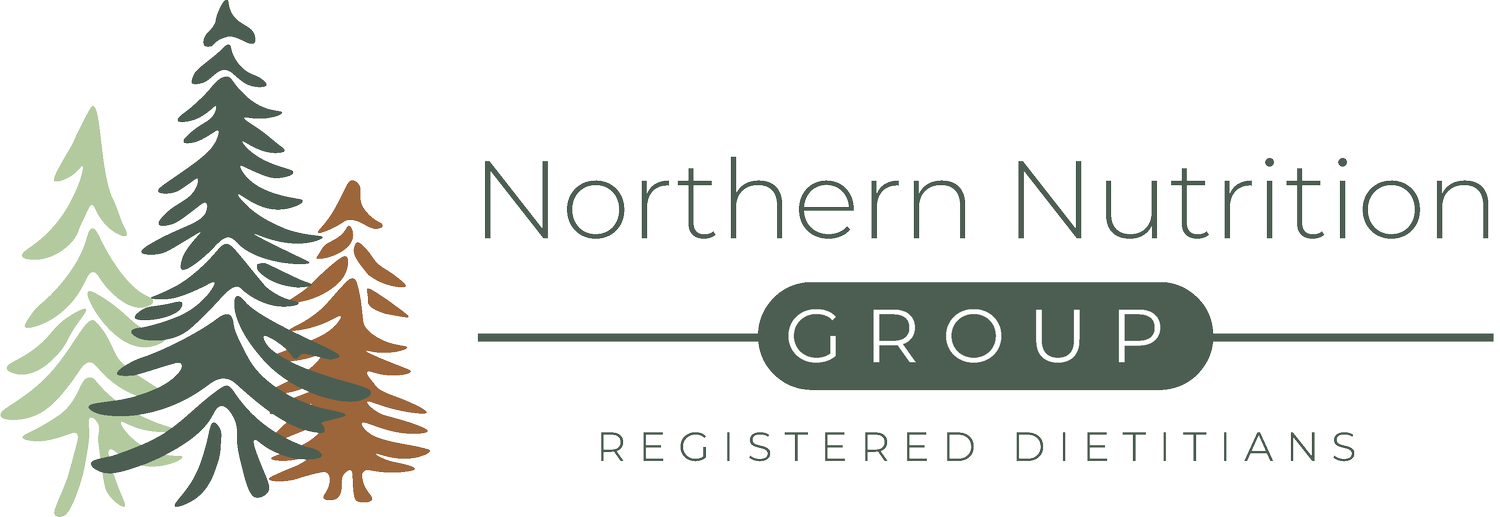Healthy Aging: Eating Well for Strength, Energy, and Independence
Aging is natural, but how we age can be shaped by daily choices, especially what’s on our plates. Nutritious food supports muscle and bone health, sharp thinking, and disease prevention. It also makes life more enjoyable.
What the Research Shows
Large studies continue to show that people who follow eating patterns like the Mediterranean or DASH diets are more likely to age with better health, fewer chronic diseases, stronger physical function, and sharper cognition. These approaches emphasize:
Fruits and vegetables at most meals
Grains, beans, and nuts for fiber and steady energy
Fats like olive oil, avocado, nuts, and fatty fish
Protein in moderate amounts
It’s important to remember that these diets aren’t meant as rigid “rules.” They’re models of balance showing us what a nourishing pattern could look like. The exact foods will look different depending on where you live, what’s available, and your own health needs. For example, research in the U.S. highlights the benefits of oats, beans, and nuts, while in Asia, soy foods, fish, and seaweed may play a bigger role. What matters most is the overall pattern of nutrient-dense foods that are enjoyable to eat.
Everyday Tips for Older Adults
Nutrient-dense first. As calorie needs decline with age, the nutrient needs stay the same or often increase. Focus on foods that pack more vitamins, minerals, protein, and fiber into every bite.
Stay hydrated. Don’t wait until you feel thirsty and keep water, tea, milk, or broth handy throughout the day.
Season smart. Herbs and spices bring flavor without extra salt.
Make meals social. Eating with family, friends, or neighbors makes food more enjoyable and can help you eat better.
Cover your bases. Protein, calcium, vitamin D, B12, potassium, and fiber are especially important nutrients for older adults.
Keep it safe. Pay attention to “use by” dates and food safety practices. Canned, frozen, or dried foods are great backups when fresh isn’t available.
Avoid the traps. Older adults are often targeted by misinformation: miracle supplements, extreme diets, or packaged foods marketed as “healthy” but high in sugar or sodium. A balanced plate of mostly whole foods tailored to your needs is often the safest approach.
A Local Note
Here in Montana, we’re fortunate to have access to trout, wild game, hearty grains like oats and barley, and community meal programs. Tapping into local food traditions and resources makes healthy eating realistic, affordable, and delicious.
Healthy Aging Starts Here
Healthy aging isn’t about perfection or rigid rules, it’s about balance, consistency, and finding joy in food that supports your body. Choosing nutrient-rich meals, staying hydrated, moving your body, and sharing meals with others can make a lasting difference in energy, independence, and quality of life. With small steps today, you’re investing in a stronger, more vibrant tomorrow. A registered dietitian can help tailor this approach to your unique needs, health goals, and lifestyle. Call our office or schedule online to meet with one of our dietitians!
References
Academy of Nutrition and Dietetics. For seniors: Healthy eating tips for older adults. EatRight.org. September 28, 2025, https://www.eatright.org/for-seniors
Shan, Z., Wang, D. D., Li, Y., et al. (2025). Dietary patterns and ultraprocessed food consumption in relation to healthy aging: Prospective cohort study. Nature Medicine, 31(1), 145–157. https://doi.org/10.1038/s41591-025-03570-5
U.S. Department of Agriculture. (2022). Healthy eating for older adults: MyPlate for older adults tip sheet. MyPlate.gov. September 28, 2025, https://myplate-prod.azureedge.us/sites/default/files/2022-04/TipSheet_21_HealthyEatingForOlderAdults. pdf
Written by Martin Aldrich, MS, RD, LNMartin specializes in: Sports nutrition, men’s health, nutrition for aging adults, digestive concerns including IBS and navigating the FODMAP diet, general wellness, and supporting men navigating disordered eating patterns.
